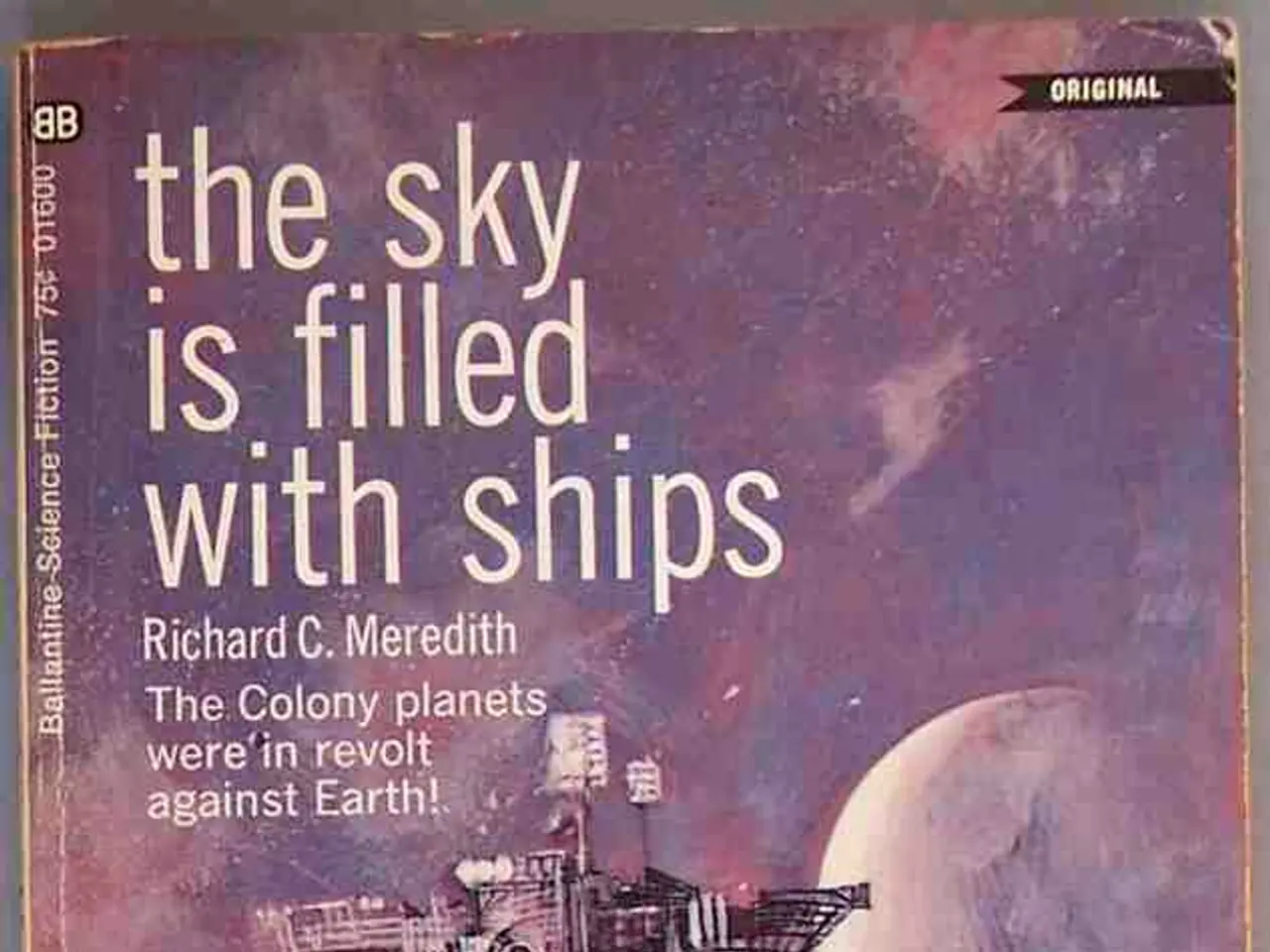potentiallydiscovered a new potentially habitable planet orbiting the solar system's nearest star by Webb
The James Webb Space Telescope (JWST) has made a significant discovery, finding strong evidence for a gas giant exoplanet orbiting Alpha Centauri A, the nearest sun-like star to Earth. However, this potential discovery has not yet been fully confirmed.
The candidate planet, which is about the mass of Saturn, orbits at a distance between 1 to 2 astronomical units (AU) from Alpha Centauri A. This places it within the star’s habitable zone, though as a gas giant, it is unlikely to be habitable itself.
Key Characteristics and Significance
The planet candidate appears to follow an elliptical orbit around Alpha Centauri A, a characteristic that was revealed through the JWST's Mid-Infrared Instrument (MIRI). This instrument used coronagraphic imaging to block the star's glare, enabling detection of the planet candidate, which is about 10,000 times fainter than Alpha Centauri A in mid-infrared light.
Follow-up observations with JWST in February and April 2025 did not detect the planet again, but simulations show that the planet’s orbit could have brought it too close to the star at those times to be visible, consistent with its elliptical orbit.
If confirmed, this discovery would mark several milestones. The exoplanet would be the closest world to Earth ever found orbiting in the habitable zone of a Sun-like star. It would also be the closest directly imaged exoplanet to its host star, the first around a sun-like star with a temperature and age similar to our Sun, and a significant target for ongoing and future study.
The potential planet's existence in a system of two closely separated stars would challenge our understanding of how planets form, survive, and evolve in chaotic environments. This discovery could provide a new benchmark for studying giant planets similar to those in our solar system and for building knowledge about planetary system evolution around binary stars.
Background
The first observations took place in August 2024, using an instrument called a coronagraph. The potential planet orbits around Alpha Centauri A, one of the two bright stars in the system similar to our Sun. The system also includes Proxima Centauri, a faint red dwarf star, and astronomers already know of three exoplanets around it.
The Alpha Centauri star system is a triple-star system that is 4 light-years from Earth. The potential exoplanet discovered by Webb is a gas giant like planet Saturn in our Solar System. If confirmed, the potential planet would be the closest to its star seen so far among directly imaged planets.
The team used computer models to simulate millions of potential orbits of the potential exoplanet. These simulations considered what sort of planet orbits would be stable within the Alpha Centauri system, given the presence of Alpha Centauri B. The simulations also took into account a 2019 sighting of a potential exoplanet candidate by the European Southern Observatory's Very Large Telescope.
If the discovery is confirmed, it would be a significant step forward in our understanding of the universe and the potential for life beyond Earth. The JWST continues to gather data, and further observations and simulations are ongoing to confirm the existence of this potential exoplanet.
[1] NASA. (2022). James Webb Space Telescope. Retrieved from https://www.nasa.gov/mission_pages/webb/main/index.html
[2] European Southern Observatory. (2022). Very Large Telescope. Retrieved from https://www.eso.org/public/teles-instr/vlt/
[3] European Southern Observatory. (2022). Alpha Centauri. Retrieved from https://www.eso.org/public/teles-instr/vlt/science-activities/alpha-centauri/
[4] NASA. (2022). Alpha Centauri. Retrieved from https://solarsystem.nasa.gov/stars/alpha-centauri/
[5] European Southern Observatory. (2022). Proxima Centauri. Retrieved from https://www.eso.org/public/teles-instr/vlt/science-activities/proxima-centauri/
- The James Webb Space Telescope (JWST) has made a potential discovery, revealing strong evidence for a gas giant exoplanet orbiting Alpha Centauri A, the closest sun-like star to Earth.
- This potential planet, about the mass of Saturn, is found within the star’s habitable zone, though as a gas giant, it is unlikely to be habitable itself.
- If confirmed, this exoplanet would be the closest world to Earth ever found orbiting in the habitable zone of a Sun-like star, a significant milestone in the field of astronomy and science.
- The discovery could challenge our understanding of how planets form and evolve in chaotic environments, providing a new benchmark for studying giant planets similar to those in our solar system and for building knowledge about planetary system evolution around binary stars.
- This potential discovery could also have implications for health-and-wellness and environmental-science, as understanding the potential for life beyond Earth opens new avenues for research and exploration.




